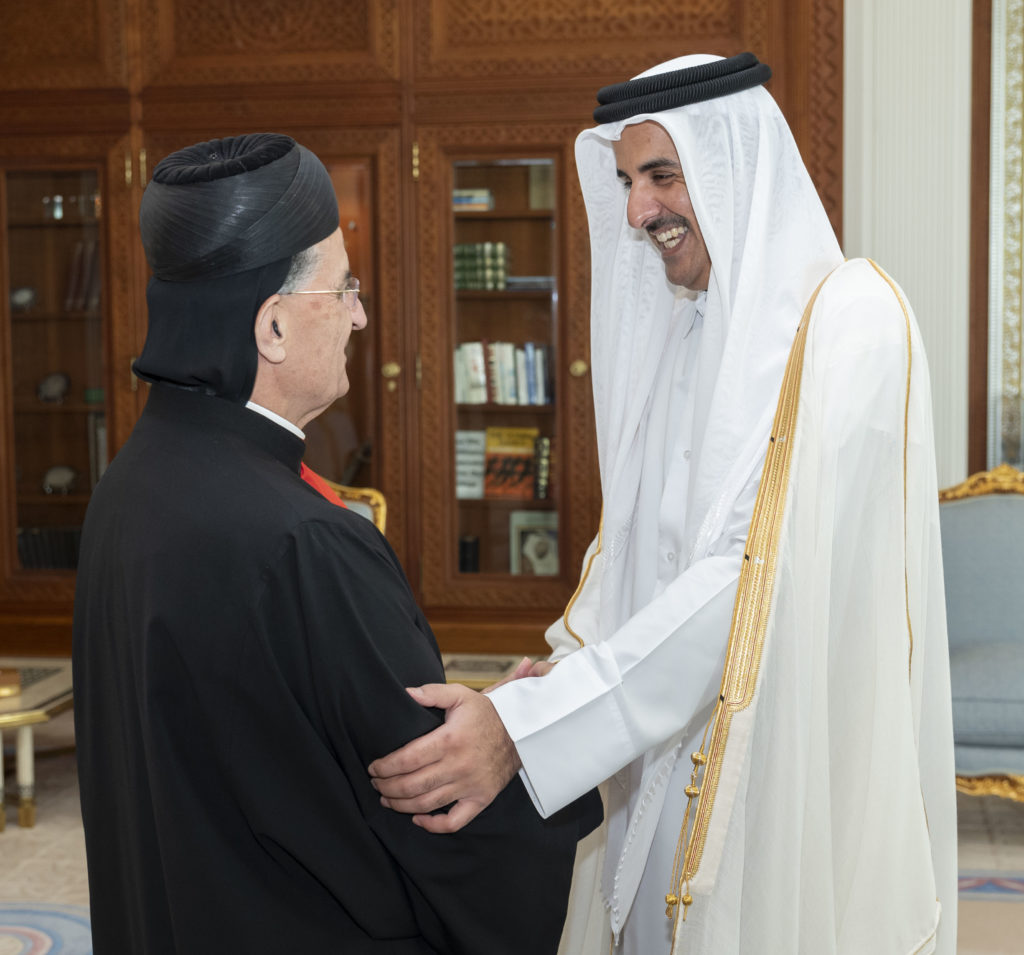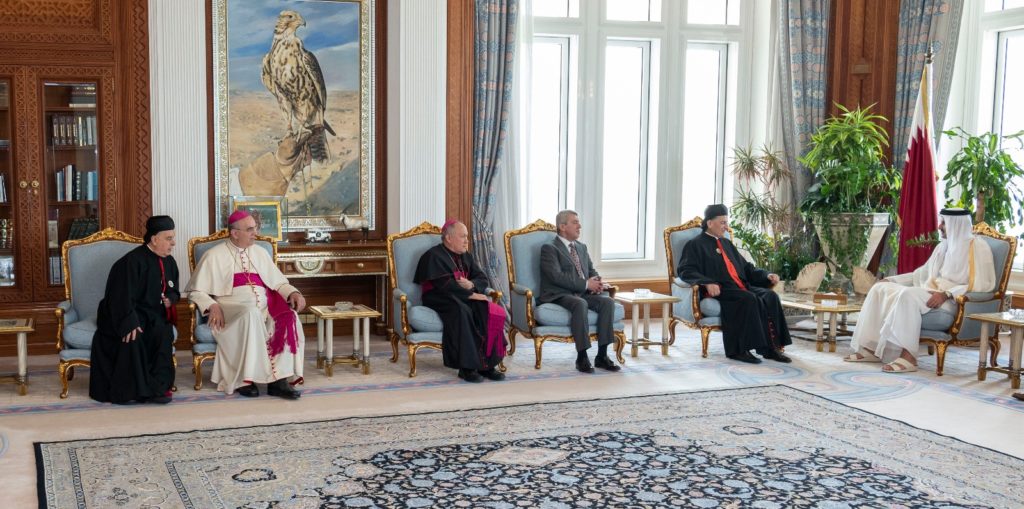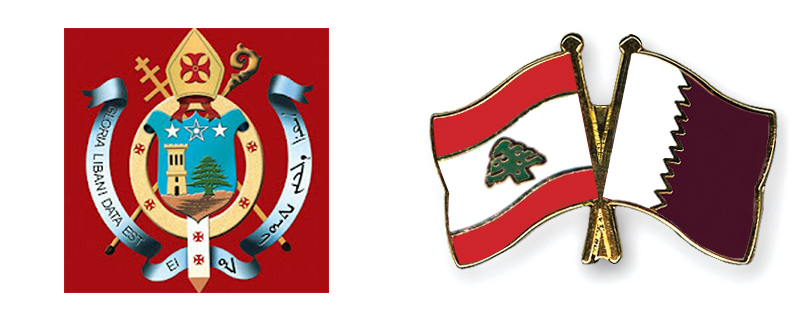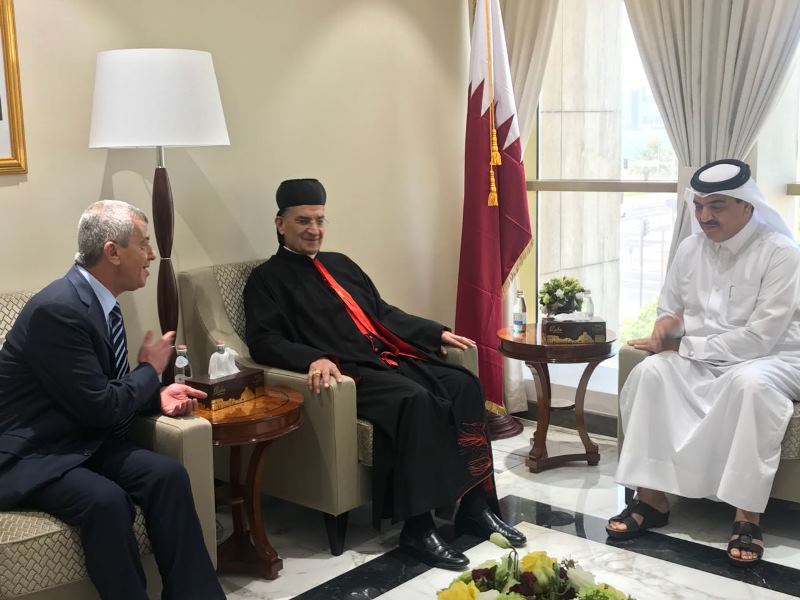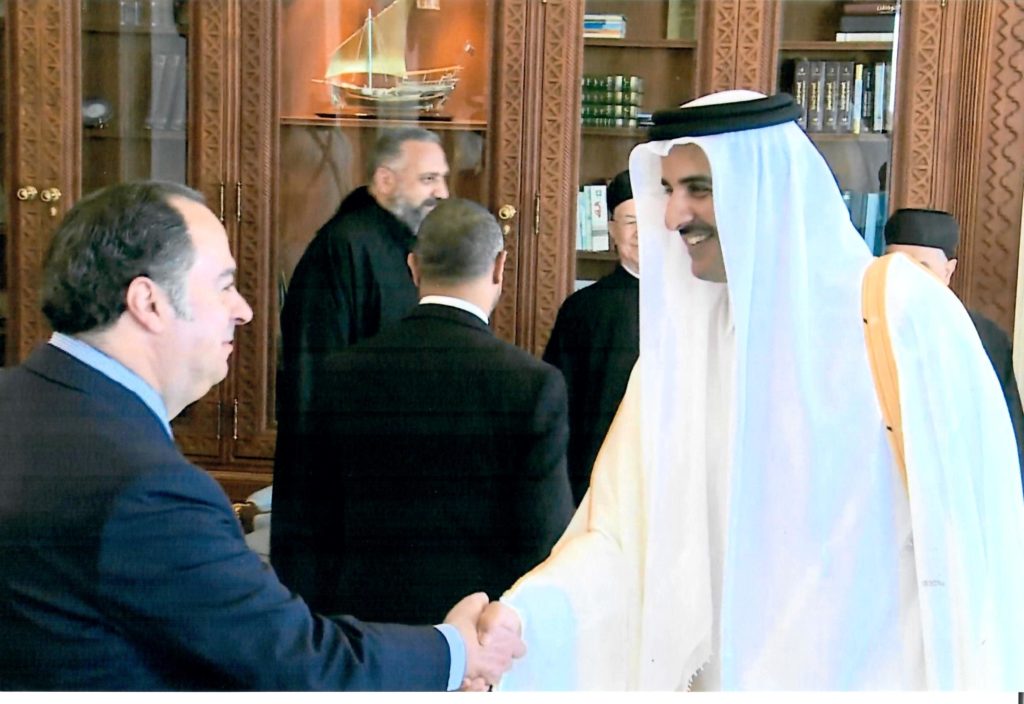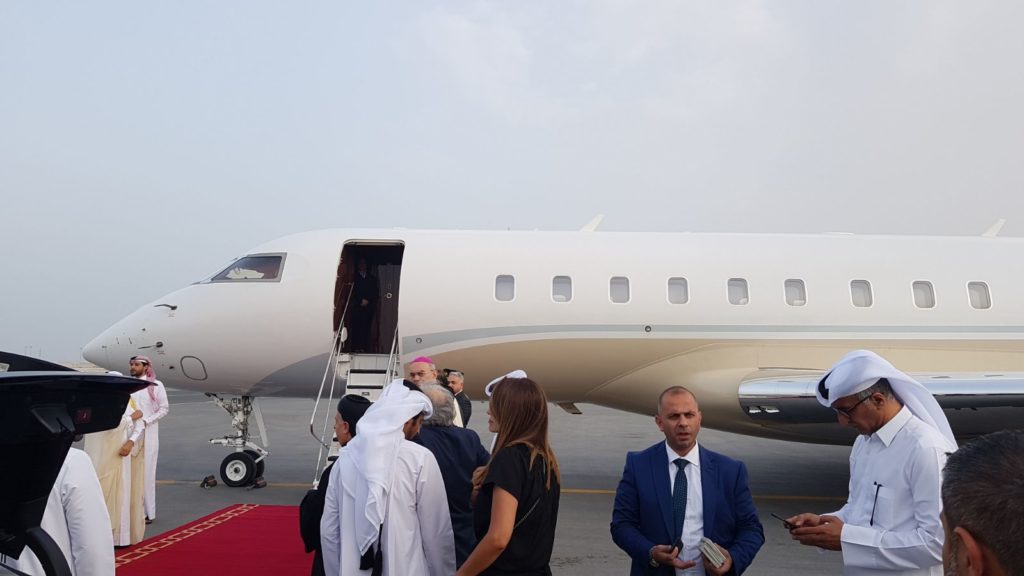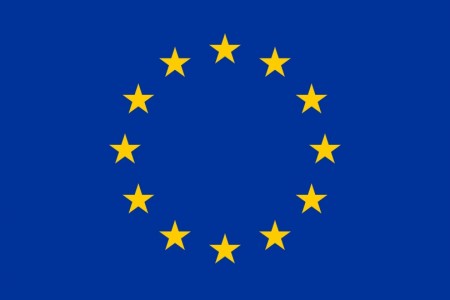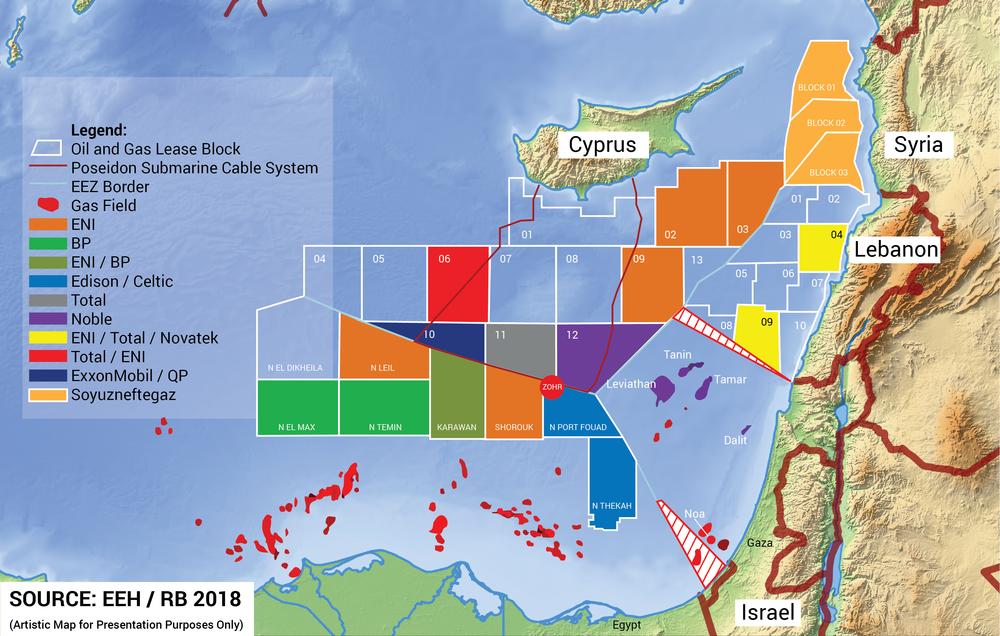Gas ‘spaghetti’ past prompts Australia cost-cut teamwork

The energy industry in Australia, looking back on an era of waste and profligacy, is now preaching the gospel of thrift and collaboration as it tries to attract more investment in an age of fiscal discipline.
Firms like Royal Dutch Shell Plc are bemoaning the erosion of shareholder value from the go-it-alone mentality during the $200bn splurge on Australian LNG projects over the past decade. Rivals Chevron Corp and Woodside Petroleum Ltd have proposed a massive offshore pipeline in Western Australia, which could be shared by several companies.
That approach contrasts with the “spaghetti junction” of crisscrossing pipelines built in the past decade as ventures approached projects independently, according to energy analyst Martin Wilkes. The hand-wringing and newfound spirit of collaboration come as Australia, on the cusp of becoming the world’s biggest LNG exporter, tries to convince purse-holders in faraway headquarters to green-light more projects while investors call for more restrained spending.
“Everyone in the industry is feeling the scars from the lack of cooperation,” Graeme Bethune, a consultant with EnergyQuest, said in Adelaide. “They were quite extraordinary circumstances with $100 oil prices driving a slew of greenfield projects. I would hope that egos have been suppressed now. Boards are going to be much more critical on any bullish, go-it- alone proposals.”
Chevron proposed building a massive pipeline that would connect the Scarborough, Thebe and Exmouth fields, which lie hundreds of kilometres off the coast of northwest Australia, to the existing Wheatstone, Pluto and North West Shelf LNG plants, which sit along a 200-kilometer stretch of the coast. The plan would minimize duplication and would have superior economics over individual point-to-point concepts, Nigel Hearne, Chevron’s managing director for the country, said in a speech on Tuesday at the annual conference of the Australian Petroleum Production & Exploration Association.
Woodside, which owns stakes in all three of those LNG plants and in two of the fields, supports the plan for shared infrastructure, chief executive officer Peter Coleman said at the same event in Adelaide.
Collaboration along those lines was missing last decade when energy companies were planning the slate of LNG plants that have been coming online in recent years.
In Queensland, three separate LNG plants built adjacent to each other shared virtually no infrastructure such as jetties and storage tanks. In northern Australia, two gas fields that are connected to each other are being developed in two separate projects, one using a floating liquefaction plant and one using a 900-kilometer (560-mile) pipeline to the shore.
And in Western Australia, gas pipelines splay out west and east from offshore fields, crisscrossing each other as they connect to four different liquefaction plants located on the mainland and an island. The developments in Western Australia and Queensland cost about $36bn more than they would have if companies had collaborated from the beginning, according to a 2016 study by Wilkes, a Perth-based principal adviser at RISC Advisory.
“Real collaboration happens at the start of projects,” Wilkes said in an interview on Wednesday in Adelaide. “And had real collaboration occurred, you wouldn’t have the spaghetti junction on the West Coast.”
Failure to collaborate eroded shareholder value in the projects, Shell Australia chairwoman Zoe Yujnovich said in a speech at the conference. Australian companies will have to overcome that history to convince investors to fund drilling projects needed to keep LNG plants full.
“Unless we can improve the attractiveness of our projects to investors, the spectre of growing ‘ullage’ in LNG trains may fast become an unmanaged reality,” she said, using an industry term for unused space in a storage tank. “And that is not a situation that will be easily recovered.”




